Editorial: The Webb Telescope is making incredible discoveries. It may go dark
Published in Op Eds
The political news these days is enough to make some Chicagoans wish they were a million miles away. But consider this: Even in the depths of space, there’s no escape from politics.
The $10 billion James Webb Space Telescope is literally parked 1 million miles away. In the nearly three years since it became operational, “Webb,” as it’s called, has made some incredible findings.
Webb uses infrared scanning to show how stars and galaxies form, and to study the atmospheres of distant planets. Its capabilities complement the aging Hubble Space Telescope, which orbits Earth at an altitude of only 340 miles or so.
Among other discoveries, Webb has uncovered the slow-motion process of a star engulfing a planet and provided data about an asteroid traveling at high speed in our direction (It will miss us).
You might think any U.S. president would view this as an asset. Alas, like so much of the country’s ongoing scientific research, Webb is at risk of being defunded.
President Donald Trump’s administration has removed NASA’s top scientist and proposed a nearly 50% budget cut to the agency’s Science Mission Directorate, which oversees planetary science, astrophysics research and more.
The White House reportedly is pushing to scrap the Nancy Grace Roman Space Telescope, a wide-view instrument undergoing final testing and assembly that is scheduled for launch within two years. Next-generation satellites meant to improve human understanding of the planet are on the chopping block as well.
While NASA’s proposed budget retains some funding for the Hubble and Webb telescopes, they could become practically useless given the cuts planned for the agency’s science staff.
Pointing these gadgets at the right targets to obtain useful data is no simple feat. Without a critical mass of scientists “the science from these instruments stops,” Daniel Holz, astrophysicist at the University of Chicago, told us. “It’s just not viable if these cuts go through anywhere near what’s proposed. There is no bare-bones mode to run these highly complex, state-of-the-art facilities.”
The Trump administration’s planned cuts at NASA are being repeated at other agencies employing scientists to do everything from vetting new prescription drugs to predicting hurricane landfalls. Similarly, Trump’s pressure campaign on elite universities uses federal research funding as leverage, in some cases threatening to destroy years of work by disrupting long-term studies.
While this page supports fiscal responsibility and eliminating wasteful spending, the latest moves have an ulterior motive. They are aimed at gaining control over institutions likely to push back against Trump’s agenda by citing inconvenient truths: Climate change is no hoax, vaccines save millions of lives and sweeping tariffs amount to a huge tax hike on American consumers and businesses.
Of course, politics has always influenced federal spending, especially at NASA. Just a few years ago, some on the left protested the telescope, claiming namesake James Webb discriminated against gay people when he headed the space agency in the 1960s. Now advocates on the right appear determined to eliminate climate-related research.
Big cuts at NASA would play into the hands of America’s rivals across the globe. China and Europe are working aggressively to overtake the American lead in science and technology, and actively recruiting top scientists who feel under siege in the U.S.
On a practical level, attacks on scientific research could undermine the nation’s ability to cure diseases, upgrade defense systems, or make computers and phones work better in the future. Critical risks — even world-ending threats — would be more likely to go unmitigated without the science to accurately assess them.
Along with researching gravitational waves, Holz heads the Science and Security Board at the Bulletin of Atomic Scientists responsible for setting the legendary “Doomsday Clock,” which ticks closer to midnight as the risk of Armageddon increases.
The clock, based at the University of Chicago, lost much of its relevance when the Cold War ended. Unfortunately, it’s relevant again today, and stands at the closest point to doomsday in its 80-year history.
When the Bulletin started, Holz explains, the overriding threat was nuclear war between the U.S. and Soviet Union. These days, additional factors push the world closer to the brink. To the extent climate change leads to mass migration and conflicts over resources, for instance, it makes all-out war more likely. A man-made pandemic or misuse of artificial intelligence could lead to the same outcome.
Last fall, Holz’s board decided to move the clock one second closer to midnight, announcing in January that the world was only 89 seconds away. Since then, he said, the group has been following the administration’s actions and it’s alarmed by the broad and deep attacks on science.
The board reserves the right to change the clock at any time, Holz said, not just annually. Anyone interested will need to stay tuned, but we’re willing to bet that if the clock moves any time soon, it will be moving closer to doomsday.
___
©2025 Chicago Tribune. Visit at chicagotribune.com. Distributed by Tribune Content Agency, LLC.


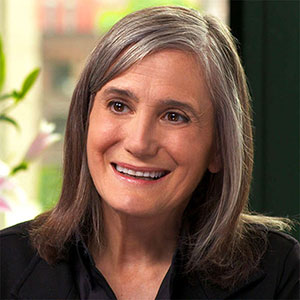
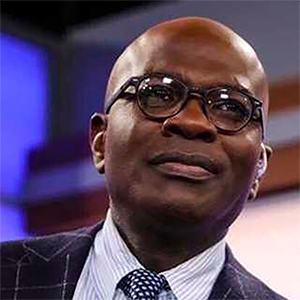
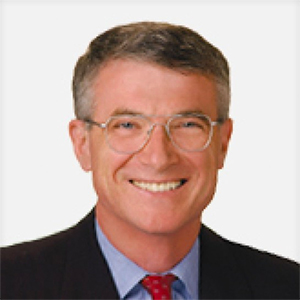
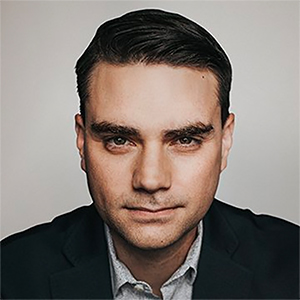
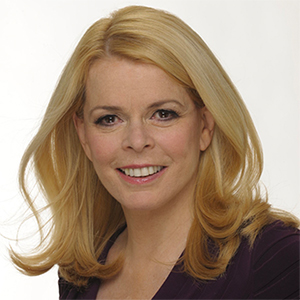
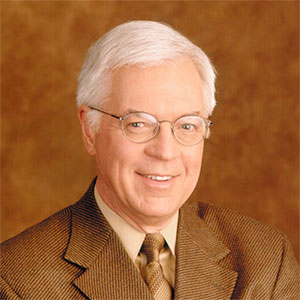

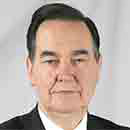

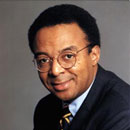
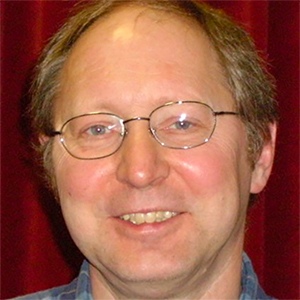


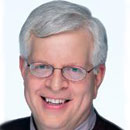

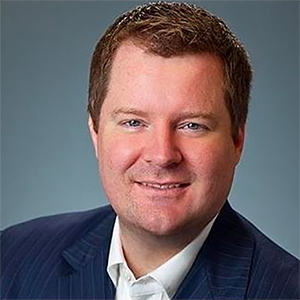
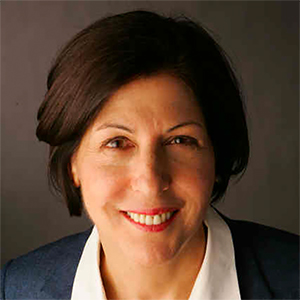
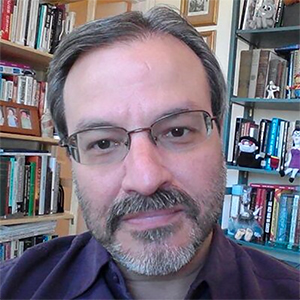
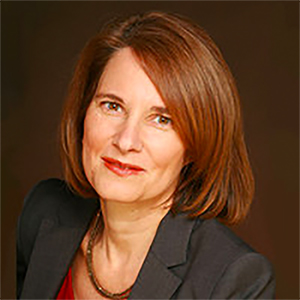
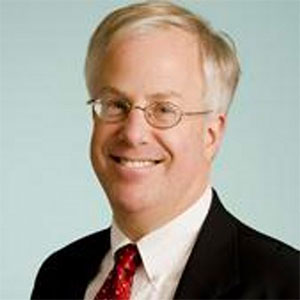

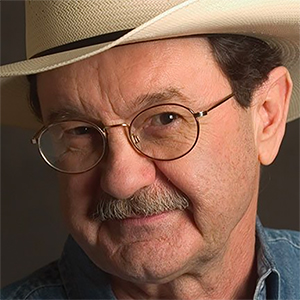
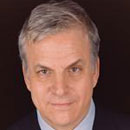
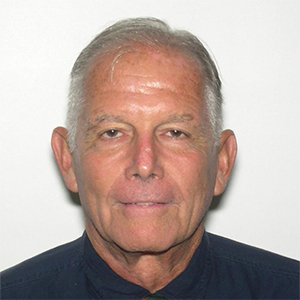
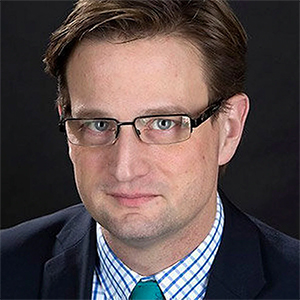
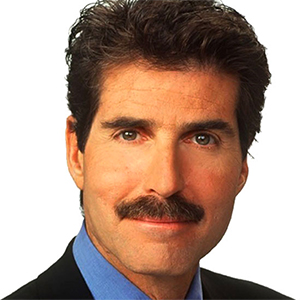

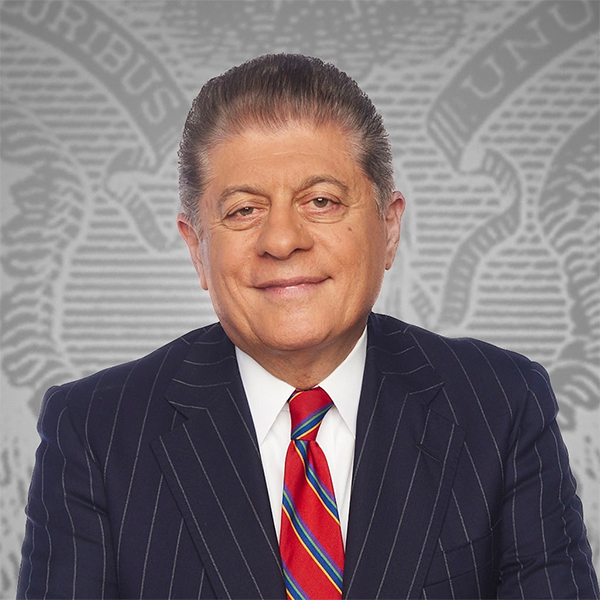

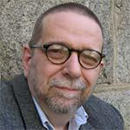
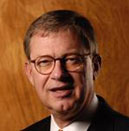
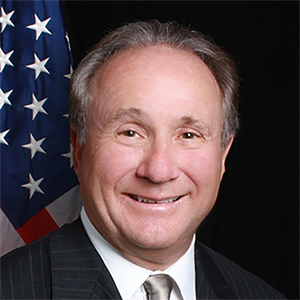

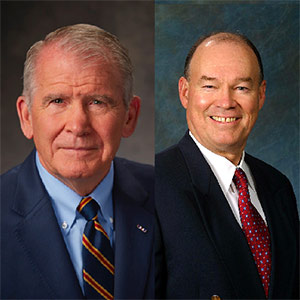
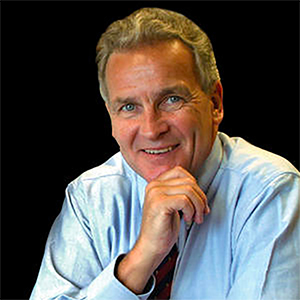

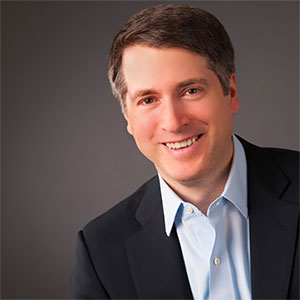
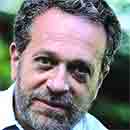
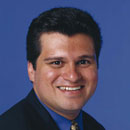
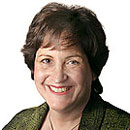
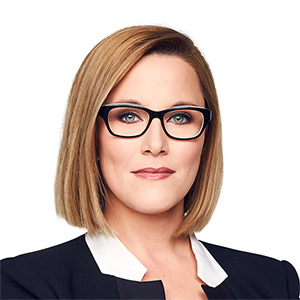


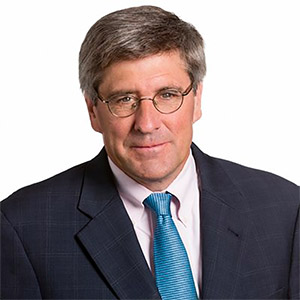
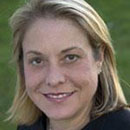
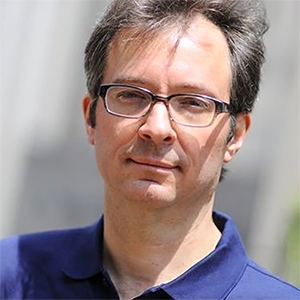
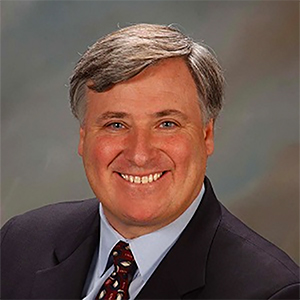

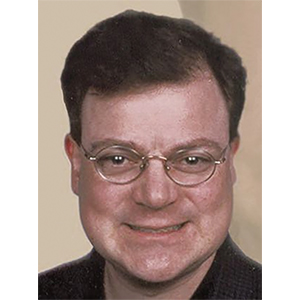
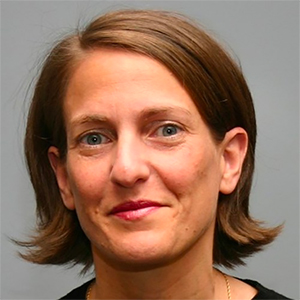
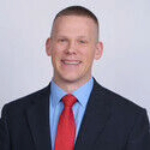
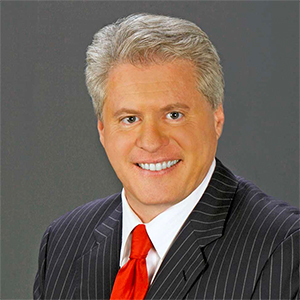
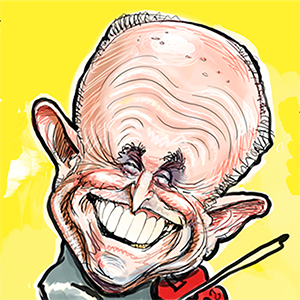

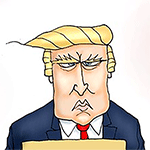
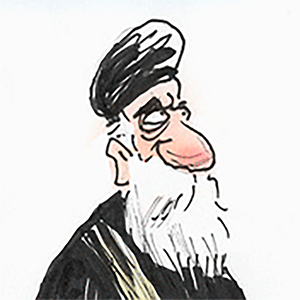
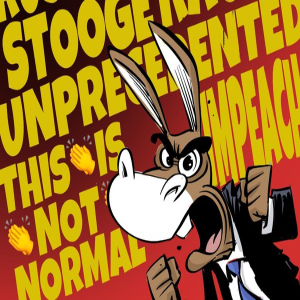
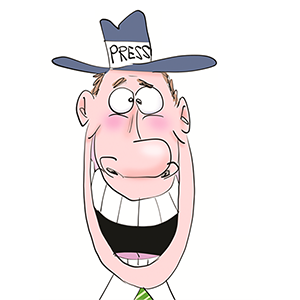
Comments